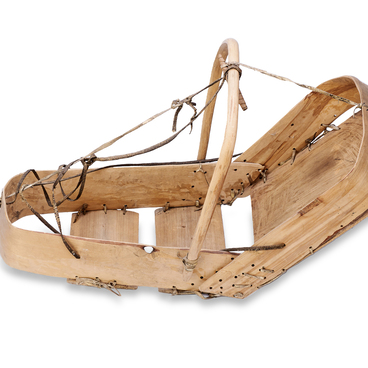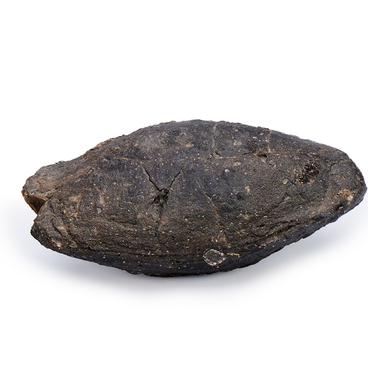A gychgyi is a schematic figure of a person, which was carved from wood with the outline of the head and recesses for eyes and a mouth. Most often poplar wood was used to create a gychgyi. Some figures had carved arms and legs, while others had no limbs. Typically, the “body” of the gychgyi would have two or three rows of small indentations called kokyolgyn. They were bored with a wooden fire drill, made of a stick up to 30 centimeters high.
The ritual fire using gychgyi was produced exclusively by women. This took place at the main festival of reindeer herders Koyanaytatyk (literally “moving reindeer”). Various ceremonies were held to welcome the herd in the camps. For example, purification of the arriving reindeer, symbolic slaughter of animals, which was performed by boys aged from four to eight years old. It represented the sacrifice of “leafy” reindeer and willow twigs.
In addition, sacrificial reindeer were slaughtered. If the animal fell on its left side, with the wound to the ground, it portended illness. The animal was supposed to fall on its right side, with the wound upwards. Male deer were chosen as a sacrifice. This was explained by the desire to preserve the fertile part of the herd — the source of annual increase in its number.
At this time, the mistress of the yaranga dwelling made a fire with the help of a gychgyi. When starting the fire, the woman held a deer’s kneecap in her left hand, which, when pressed from above on the drill, allowed not only to speed up the movement, but also to save the palm from damage. The drill was propelled by a bow made of deer antler or a curved stick with a bowstring made of a leather strap.
Koryaks believed that the
gychgyi was the main master of domestic reindeer. The “master” — an anthropomorphic fire-starting board — was called upon for help throughout the year.
During holidays it was given special honors, “fed” with bone marrow and blood
of reindeer. When a family lost part of its herd, the gychgyi was asked to find
the animals. If the gychgyi could not find them, it was punished by being
beaten and denied bone marrow. If the family lost all their reindeer, the
gychgyi was “killed”: its “body” was burned on fire, and its “head” was tied to
a bundle of “family guards”.


